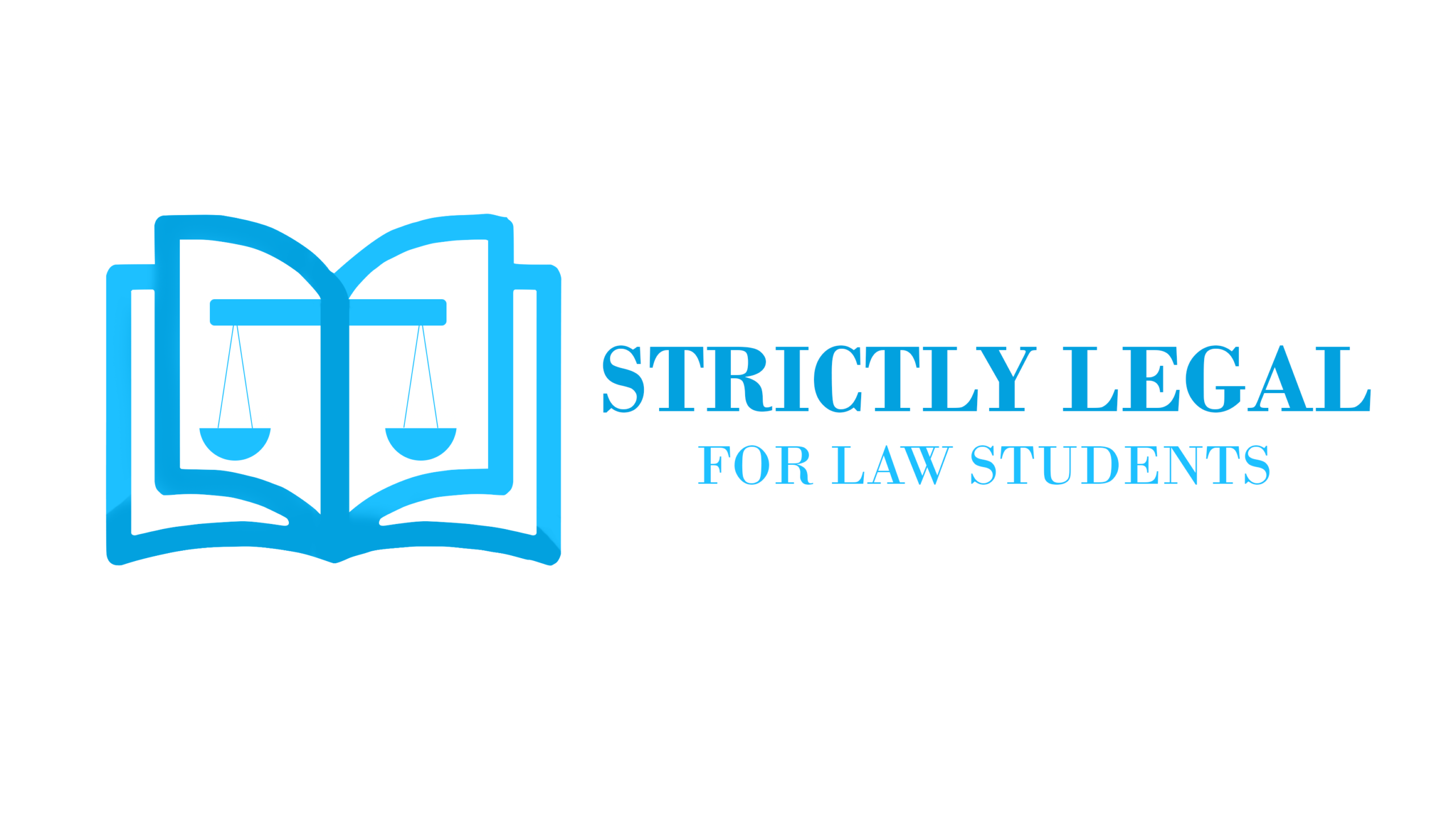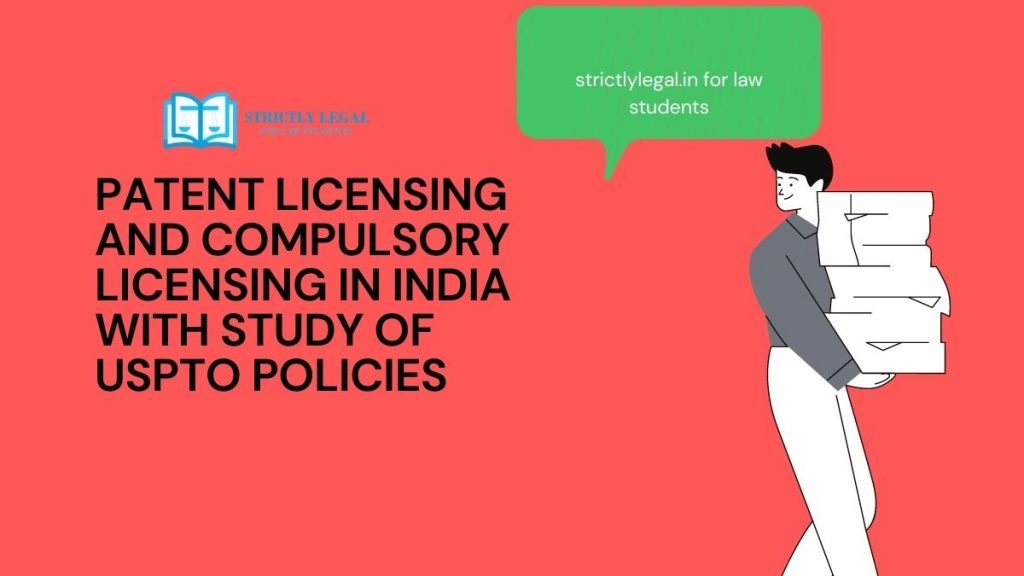A patent, in simple words, can be defined as an Intellectual Property Right issued to an inventor, which affects the exclusivity of the invention. As per WIPO – A patent is an exclusive right granted for an invention, which is the product or a process that may provide, in general, any new way of doing something or offering some new technical solution to a problem. It means that only the Inventor has the right to manufacture or produce the product (invention). The invention, as mentioned above, involves some new product or service or finding a new way of doing some previously invented thing.
This article was submitted by Divit Arora, Center for legal studies, GGSIPU
Patents play a vital role in protecting invaluable ideas and encourage the inventors to pursue their inventions without the fear of someone else duplicating or stealing their innovation. However, what is Patent licensing? Is it beneficial to the Inventor?
Obtaining a Patent for an invention is not an easy and fast process, but this is just stage 0. After obtaining the Patent and going into manufacturing the product, that is a whole new level of difficulty. Setting up a factory, finding the right tools and a good workforce, training, and educating the workers is a whole new level of difficulty. An inventor might not have the appropriate knowledge or skills to manufacture mass quantities, leading to loss.
This is the point where Patent licensing comes into the picture. A patent license is an agreement of partnership between two entities or persons. One is the Inventor, and the other, also known as Licensee, is authorized to use the Patent for manufacturing. Patent Licensing is a kind of permission given to a Licensor to take benefits via selling and employing the innovation.
Like every other contract, the Licensing Agreement also involves consideration paid to the Inventor for letting the Licensee use Patent for production or manufacturing. This consideration is called royalty. The license can be given for a specified time or period as per the clause stipulated in the agreement. The Licensee can extract the benefit of Patent and innovation for the period stipulated in the contract and earn a profit. Provided the Licensee is paying royalty to the patent holder or the Inventor.
Table of Contents
WHAT FACTORS SHOULD BE CONSIDERED BEFORE LICENSING THE PATENT?
First of all, the patent owner should see the capital available to him or the company. If the capital available is not enough to manufacture, advertise, and sell the product, licensing seems to be a better idea than handling all this by the Inventor with low capital. The principal investment goes to manufacture and then educating the people. You may be seeking an answer for why do we need to educate the consumers? We need to educate the consumers because the product or process is new to the market. That is why it is called an invention. If the consumer is not educated, they will not understand the product, and the sale will decline.
Then comes the second factor: Is the Inventor ready to let a third party use their invention? Even in this era, certain well-known brands and well-established legal teams, for example, COCA-COLA, have not patented its manufacturing process or the renewed recipe. One of the reasons might be that the recipe will become publicly available after 20 years which the company does not desire. A brand – as well known as coca-cola fears public disclosure, then a Small patent holder might also not want to disclose it.
USPTO policies
What is USPTO is the first question that pops into our mind. USPTO is the acronym for the United States Patent and Trademark Office. The sole reason why the author wants to explain the policies of USPTO is that the United States has the largest market share. When it comes to the Legal sector and focusing on IPR, the USA becomes a hub for filing patents.
The USPTO has made a specialized department for Patent filing and licensing known as – The patent group of Policy and International Affairs. This department is further responsible for monitoring patent treaties like WIPO’s Patent Cooperation Treaty and other treaties like the TRIPS agreements and Patent law treaty.
The USPTO publishes an announcement for the patents, available for licensing or sale for a very nominal fee-currently $25 for each published item. This publication occurs- every second Tuesday of each month in Official Gazette for Patents of the USA. The USPTO also regularly updates the website for this purpose.
How to request submission for listing a patent for sale or license in the USA:
The first step is to send a cheque or money order in the amount of $25.00 (only 25 dollars), payable to the Commissioner of Patents and Trademarks. After the confirmation, the Patent will be listed in the official gazette of the USA. This process to list a patent in the official gazette of Patents is much simpler than that of India as there is no official specifically made for IPR.
COMPULSORY LICENSING –
Trade-Related Aspects of Intellectual Property Rights Agreement (popularly known as TRIPS agreement) included a clause mentioning compulsory licensing. WTO (World Trade Organisation) explained compulsory licensing as a process where the government of a country may permit a third party to use the Patent without the patent holder’s consent.
The general rule is that the Patent holder has an exclusive right over the registered Patent for 20 years. Only the patent holder has the right to license or sell the Patent. However, in the concept of compulsory licensing, the government does not require the patent holder’s consent. It can allow the third party to use the Patent.
In India, this concept has been given statutory recognition as mentioned in the Indian Patent Act, 1970. Controller General gives the consent to the third party to use the Patent. However, certain pre-conditions are mentioned in section 84 of the act, like the invention not being available for public importance, among other reasons. It can be issued suo-moto by the controller general of India in case of national or extreme emergencies arising in India.
In the recent time when the world is facing Covid- 19 pandemic, India and South Africa have requested a waiver of the TRIPS agreement. It can be understood as a kind of permission from WTO (world trade organization) to allow compulsory licensing so that every country can produce and manufacture the vaccine. It can help the country be safe. Compulsory licensing at this point is an advantageous criterion, especially in the pharmaceutical sector. By the tool of compulsory licensing, the government can help the manufacturers produce certain medicines which were earlier protected by patents.
Nevertheless, it also has several disadvantages to the Inventor and the patent holder. Compulsory licensing can create demotivation in the minds of an inventor. If their invention is not protected, then it would automatically create some demotivation.
The TRIPS Agreement does list many conditions for issuing compulsory licenses in Article 31. In particular:
– typically, the person or company applying for a license should have tried, in an appropriate period, to bargain a voluntary license with the patent holder on reasonable commercial terms. If it is issued, then the patent owner has to receive payment for his Patent. It will be treated as a standard licensing deal.
TRIPS Agreement mentions, “the right holder shall be (which concludes must be) paid adequate remuneration in the different circumstances of each case; taking into account – the economic value of the authorization.” Nevertheless, it does not define the term “adequate remuneration” neither the term “economic value.”
In India, The controller general will also clarify further provisions applicable for exporting and importing the patented invention, non-exclusivity, and non-assignability of the license, among other things. The controller general can also cancel the compulsory license if the application has been made in form 21. If the termination is approved, then it has to be shown to the manufacturer who was using the Patent, with the purpose to stop him from manufacturing the patented product.
We can understand compulsory licensing with the study of the first compulsory licensing case of Bayer versus Natco. A compulsory license was provided to provide cancer drugs at approximately 6% of the rate at which it was earlier offered.
ANALYSIS AND CONCLUSION
The author’s motive was to analyze the differences between the Indian and United State’s Policies regarding Licensing while studying the current literature. According to Savigny’s theory Volksgeist, the spirit of the law exists of an interrelationship between citizen and law. Here, the statute and current literature regarding Patent licensing in India are clear. However, they do not provide ease of doing licensing.
On the other hand, the USA has provided the statute for licensing the Patent and provided a whole different department for Licensing of Patent. The comparative study of the author concluded that a separate department for licensing alone has eased the business transaction (by providing a separate portal for application) and has encouraged entrepreneurship in the USA. An entrepreneur is different from an inventor; an inventor might want to keep their invention and not license it to a third party, but an entrepreneur might want to license the Patent and get their cheque every month via the mail and not by manufacturing the product itself. In India last year, more than 53000 patents were published. The need to ease and promote Patent licensing will arise, and the legislation should also encourage them.

Users not registered with Strictlylegal can Email us their content and the same are posted through this account. In case of abuse, kindly let us know at [email protected]




